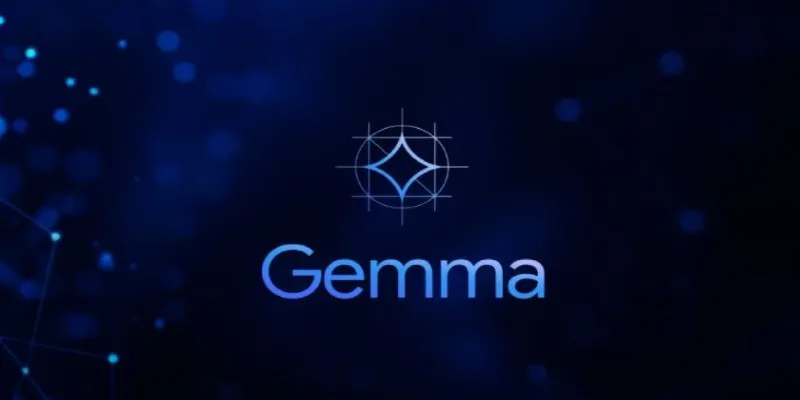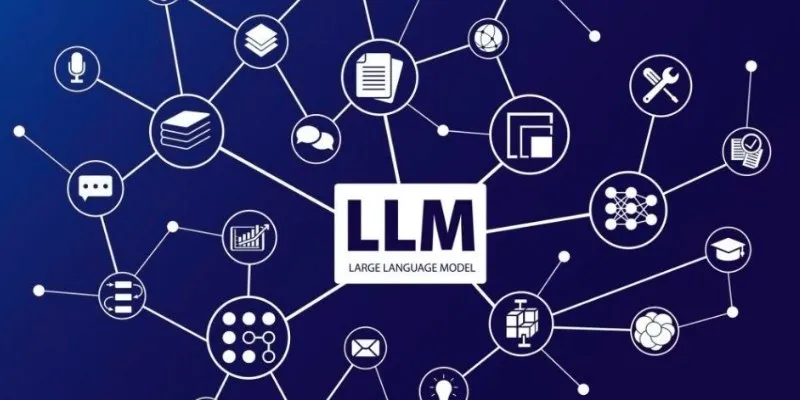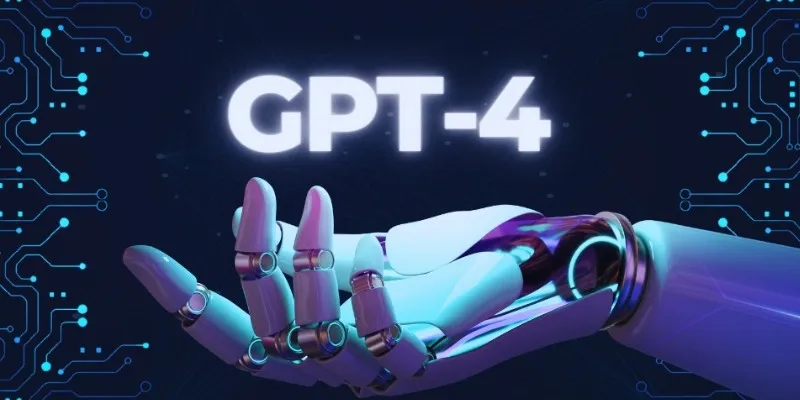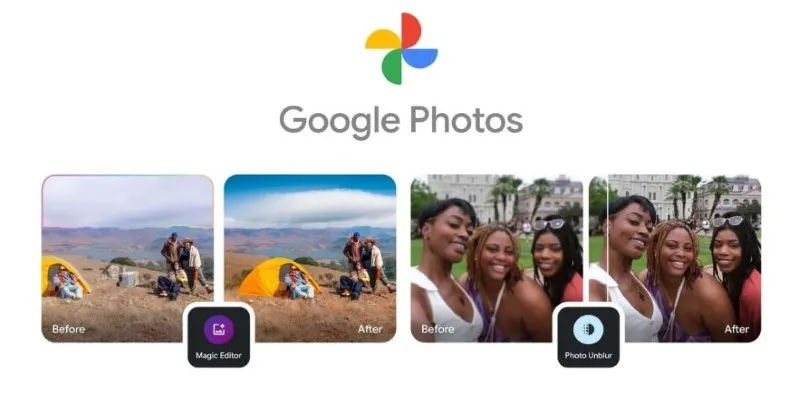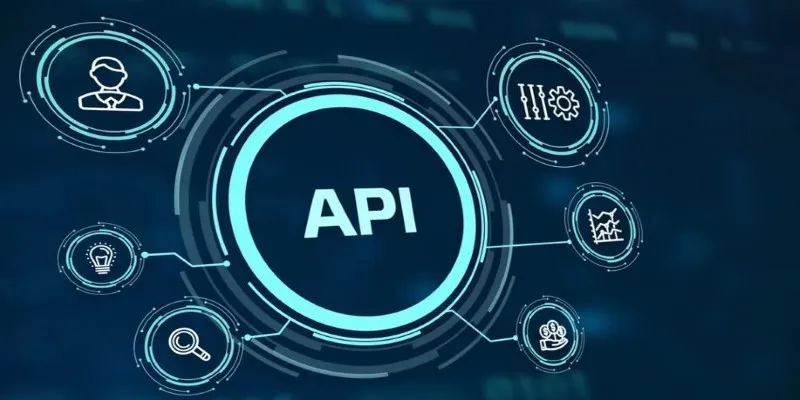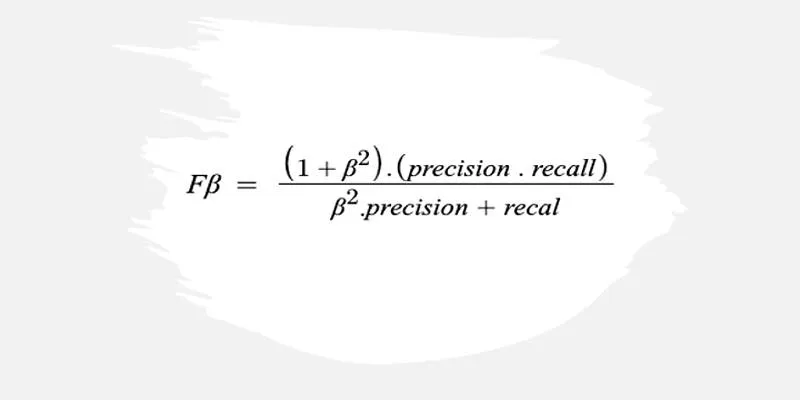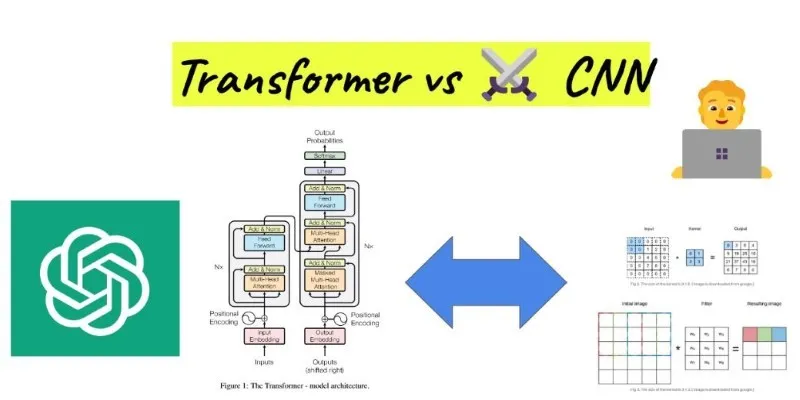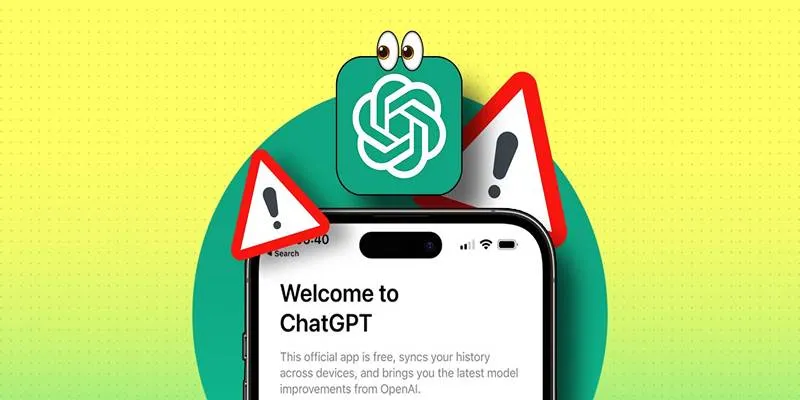Language models have evolved into powerful digital assistants in today’s fast- paced tech landscape. As of 2025, artificial intelligence is revolutionizing the way people code, access accurate online information, and conduct research with enhanced efficiency. Large Language Models (LLMs) are now essential tools for developers, researchers, and professionals across various industries, helping them save time and boost productivity.
This blog post explores the top 6 state-of-the-art (SOTA) language models that excel in coding, web search, and research tasks. These models possess unique capabilities and are paving the way for future interactions with digital content.
1. GPT-4 Turbo by OpenAI
GPT-4 Turbo , developed by OpenAI, is a highly advanced model known for its speed, detail, and accuracy in numerous tasks. Its versatility makes it ideal for developers, researchers, and general users alike.
A standout feature of GPT-4 Turbo is its ability to manage lengthy conversations and documents with a 128K context window. This capability enables users to handle large files, comprehensive articles, and complex code seamlessly.
Key Strengths of GPT-4 Turbo:
- Proficient in writing and understanding code in multiple languages, including Python and JavaScript
- Exceptional at summarizing lengthy research papers
- Fast and context-aware, with an extended memory capacity
Common Use Cases:
- Generating and debugging code
- Creating research reports or summaries
- Functioning as a virtual assistant for planning or brainstorming
GPT-4 Turbo is accessible through ChatGPT Pro, catering to a broad spectrum of users, from hobbyists to enterprise teams.
2. Claude 3 by Anthropic
Claude 3, developed by Anthropic, is a robust model emphasizing clarity, safety, and reasoning. It is particularly useful for reading extensive documents, understanding complex topics, and providing thoughtful responses, making it a favorite among researchers and educators.
Claude 3 excels in processing very long texts, such as complete research papers or books, making it an excellent choice for in-depth research and academic writing. Its strong performance in logical reasoning also makes it a reliable tool for scientific and technical analysis.
What Sets Claude 3 Apart:
- Effortlessly handles lengthy and complex content
- Provides safe and structured responses
- Exhibits strong performance in logical reasoning and research
Ideal For:
- Academic writing and research
- Step-by-step explanations of scientific concepts
- Creating educational content
Claude 3 is well-suited for professionals needing trustworthy AI assistance that balances safety and depth.
3. Gemini 1.5 by Google DeepMind
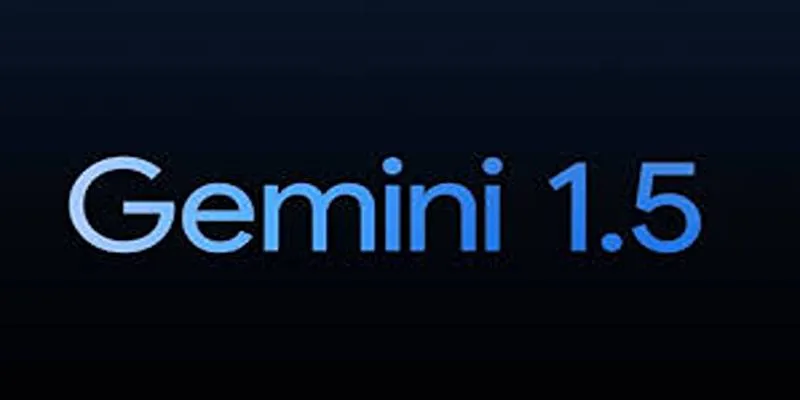
Gemini 1.5, formerly known as Bard, is a potent LLM from Google DeepMind , combining strong reasoning with internet-connected features. It is perfect for users seeking advanced web search capabilities and seamless integration with Google’s services.
As a multi-modal model, Gemini can handle not only text but also images, audio, and code, unlocking new applications for users needing to analyze diverse content types together.
Top Features of Gemini 1.5:
- Integrates with Google Search to provide live data
- Excellent at analyzing web pages and online resources
- Multi-modal capabilities for creative and technical tasks
Useful For:
- Real-time web research
- Reading and summarizing documents stored in Google Drive
- Writing and testing code
Gemini 1.5 is ideal for users desiring an AI assistant that blends AI reasoning with web search and productivity tools.
4. Mistral Models (Mixtral, Mistral-7B)
Mistral offers a range of open-weight models, including Mixtral and Mistral-7B. While not as renowned as GPT-4, these models are highly efficient and perfect for users seeking control over their AI systems.
These models are lightweight, fast, and open-source, making them ideal for deployment in custom environments. Developers and companies can tailor these models to their specific needs, whether for coding, chatbot development, or internal tools.
Why Mistral Models Are Gaining Traction:
- Open-source and customizable
- Lightweight and fast, suitable for smaller systems
- Surprisingly strong performance in code generation
Best Suited For:
- Developers building custom AI apps
- Coding assistants or debugging tools
- Local AI systems with limited resources
Mistral’s Mixtral model utilizes a Mixture-of-Experts architecture, enhancing performance while maintaining efficiency, making it one of the best open- source models available today.
5. Command R+ by Cohere
Command R+ is engineered for retrieval-augmented generation (RAG), enabling it to answer questions by referencing real documents and databases. This makes it ideal for knowledge workers, researchers, and enterprise applications. Its ability to use external sources for grounded answers sets Command R+ apart, as it doesn’t rely solely on pattern recognition but instead searches and references real documents.
Main Features of Command R+:
- Designed for RAG tasks and document-heavy inquiries
- Provides accurate answers with source-based grounding
- Optimized for business and research needs
Applications Include:
- Enterprise search tools
- Research assistants
- AI-driven data analysis
Command R+ is a preferred model for businesses or researchers dealing with vast amounts of information, requiring precision and traceability in responses.
6. LLaMA 3 (Expected Release by Meta)
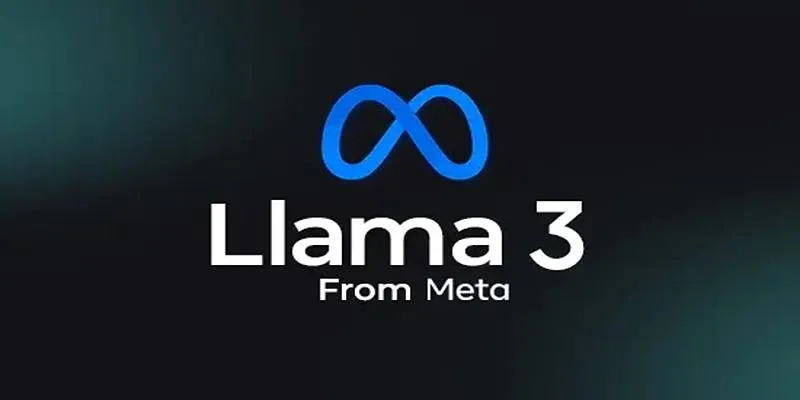
LLaMA 3 is Meta’s anticipated addition to its popular LLaMA series. Although not officially released yet, early reports suggest it will offer improved logic, enhanced code handling, and open-source access. Like its predecessors, LLaMA 3 is expected to be developer-friendly, making it suitable for both personal projects and large-scale applications.
Why LLaMA 3 Is Highly Anticipated:
- Anticipated to be open-source and customizable
- Engineered for reasoning and coding tasks
- Expected to rival existing top-tier models
Potential Use Cases:
- AI apps with specific requirements
- Educational tools and learning platforms
- Custom coding assistants
Once launched, LLaMA 3 is expected to draw a large developer community eager to build AI tools they can fully control and customize.
Conclusion
AI language models are set to transform how professionals code, search for information, and conduct research. Each of the top models offers unique strengths tailored to different tasks and user needs. GPT-4 Turbo and Claude 3 excel in deep reasoning, accuracy, and support for long-form content. Gemini 1.5 shines with its integration into the Google ecosystem and real-time web search capabilities. For developers seeking open-source flexibility, Mistral and the forthcoming LLaMA 3 provide powerful, customizable solutions.
 zfn9
zfn9
